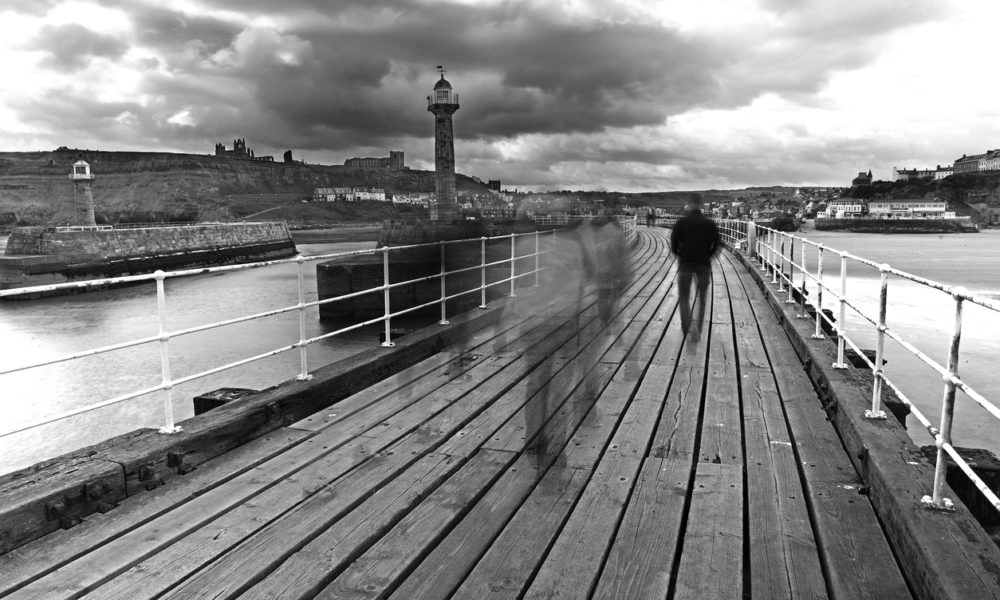Observing coastal birdlife from your Whitby holiday cottage window
An introduction to the birdlife that you might expect to see from your Whitby holiday cottage window.
One aspect that draws people to Whitby is the abundance of coastal wildlife that can be seen, ranging from sealife to birdlife. Many people spend time walking the sandy beaches in search of exotic looking shells. Younger family members enjoy rummaging through rock pools, up-turning stones and moving loose sand hoping to find a crab or shrimp. The more serious nature lovers bring binoculars and books to identify some of the rare birds or even marine life that can be seen from the shoreline or boat. For people who just have a casual interest in wildlife though there is a happy medium to be found. Many guests staying in a Shoreline holiday cottage find it hard to know the difference between a Curlew and an Oyster Catcher for example. So here are 3 types of bird commonly seen in Whitby that can be spotted right from your holiday cottage window.
The Northern Fulmar
These birds are very common in and around Whitby and some people occasionally mistake them for young Seagulls. In fact Fulmars are typically found with either grey and white feathers or alternatively a kind of mottled grey colouring. Their beaks are much less orange than gulls, which is another way to distinguish between the two birds. Like many of the coastal birds, they are commonly known for eating fish, shrimps and even jellyfish.
The Curlew
With a whitish back and greyish brown speckled body the Curlew is perhaps most recognisable by it’s large hooked bill. Unlike the Northern Fulmar that dives into water for its prey, the Curlew is a wader and its hooked bill is ideal for sifting the sand and mud in search of food. Typically the curlew will eat small crabs and invertebrates, which are common around Whitby’s sandy shoreline.
The Oyster Catcher
As its name would suggest the Oyster catcher is much like the Curlew and is a wader. However unlike many other varieties of waders, it’s still capable of cracking shells with its strong beak. Black and White in colour the Oyster catcher is one of the larger waders and is easily recognised by both is plumage and bright orange beak.
For more information please feel free to call us on 01947 668888 or email us at enq@shoreline-cottages.com

